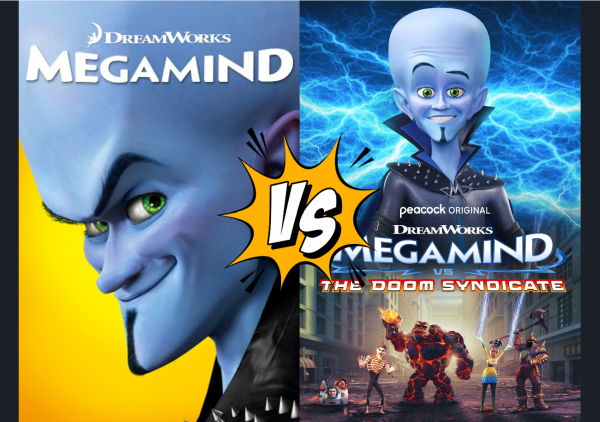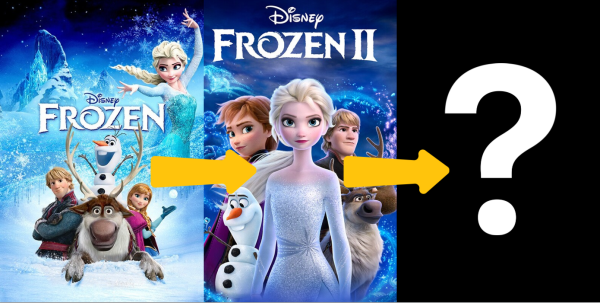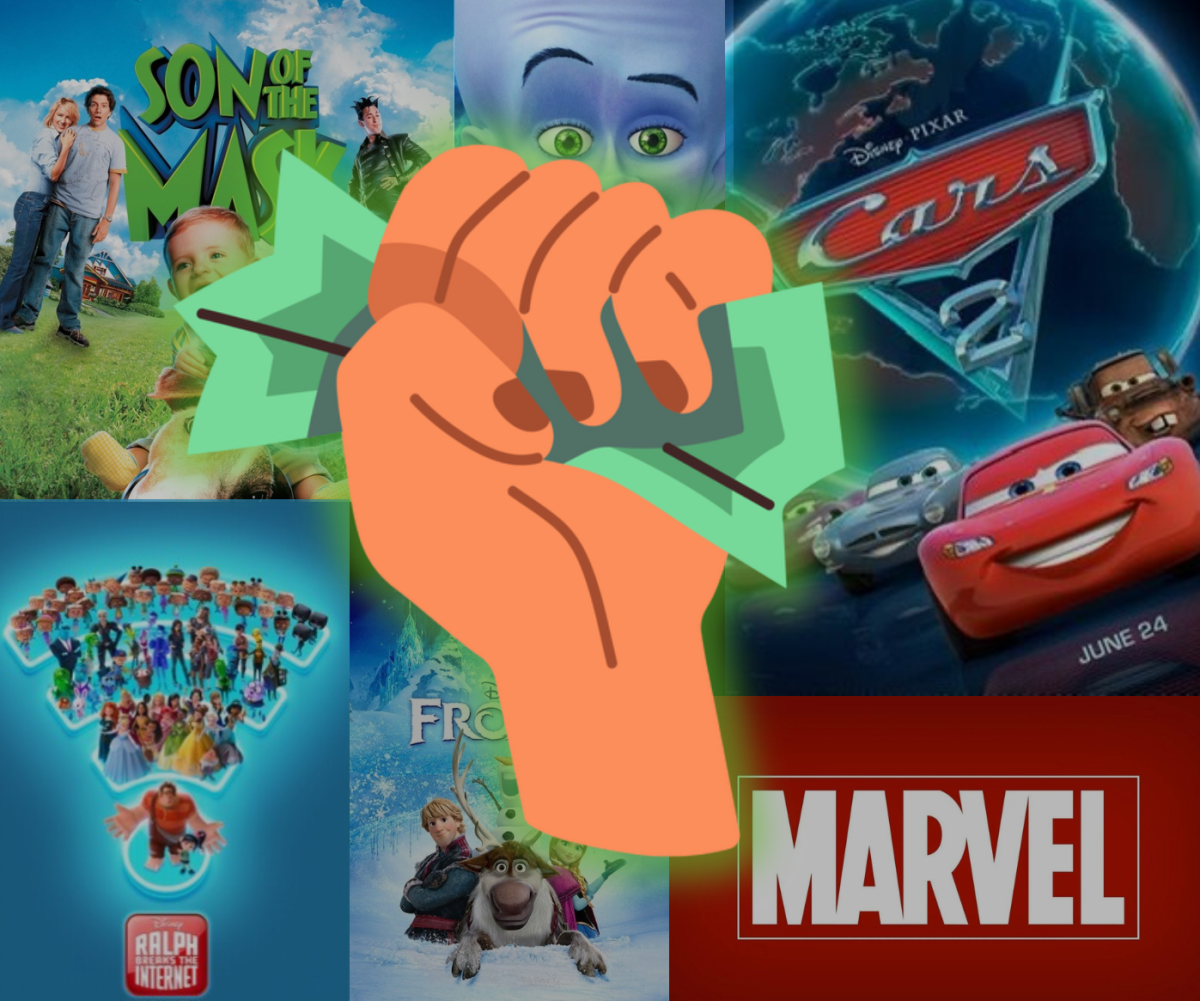Fast and Furious, Friday the 13th, Star Wars– When you see these films, what does it make you think about? Perhaps these are all movies that exploded in the industry, making millions of dollars and an unforgettable impact on cinema. Close, but not exactly; These movies are all a part of franchises with at least 10 sequels, and they aren’t the only ones. Countless movies that are perfectly concluded in just one film have extended their stories through sequels, series, and spin-offs, often rewriting the satisfying closure that was originally created.
Films are often created with some intention of communicating a message to society regarding representation, inspiration, or just to entertain. Of course, there is always profit to gain, but, as with all art, it shouldn’t be the main objective of its existence. “Because obviously, every single movie is made for profit because the studio has to survive.” Said sophomore, Edison Flores, media connoisseur. “But it’s also, people want to tell stories.” That is until franchises choose to continue an already successful and concluded storyline, also known as a cash grab. “I define a cash grab movie as, in the simplest terms, a movie directly made for profit reasons.” Said Flores. “You’d mostly see this in a sequel or a reboot based on a popular brand or a brand that’s gaining traction.” According to Merriam-Webster, a cash grab is, “The greedy pursuit of an opportunity for making money, especially when done without regard for ethics, concerns, or consequences.” On a similar note, a cash cow is like cash grabs, but to a much greater extent in a film franchise. In essence, its purpose is solely to make money.
Here are a few key examples of films that embody what a “cash grab/cow” is:

- Megamind, among the many renowned animated childrens’ movies, was a huge success with its hilarious and witty characters and interesting story. Then, 14 years later in 2024, Megamind 2 is released with inarguably worse animation, plot building, and character development, bordering an entire reinvention of already entrenched character arcs.

- Frozen, a generation-defining film, was the second highest grossing Disney Princess movie, following its sequel, Frozen II by a whopping 147 million dollars according to IMDb. But it’s concerning nonetheless that, according to Jennifer Lee (chief creative officer of Disney animation), Frozen III is confirmed to be released in 2027. Although no storyline for the movie is established so far, this third installment was not at all alluded to in the prior film, causing worry that it may turn out to be a dud of a film. Frozen II, despite it being successful, was still out of the blue, dissolving Elsa’s completed first arc to add a second as she rekindles her relationship with Anna in the first but then are distanced in the end of the sequel.
The entire Marvel franchise (stated heavy-handedly), can be reasoned up to be one of the largest cash cows in all of film. Arguably, Avengers: Endgame was the ironic end of success for Marvel. “They have a lot of superhero movies, and they’re really hard to keep track of.” Said sophomore Meena Nambiar, the casual movie enjoyer. “There is a lot of culture going back and forth.” Even though Marvel has since failed to produce a movie the majority of the public actually took a liking to, they are most accomplished in their ability to produce numerous films at an unmatched pace, releasing over 30 films in the last 20 years, excluding their multiple series. Even though their golden age has most clearly been over for a while now, they continue to make new movies, milking the comic universe to a monumental extent. If they are clearly not doing great, why do they keep going? To, of course, make a profit. Like cash served on a silver platter, if a thorough and extensive tree of already-written ideas is given to a company, what reason do they have not to use it? Not only does it cut down on efforts for storyboarding and dialogue, but it has already been made known to the community, so advertising is made much easier. In summary, The Marvel Cinematic Universe is the most definitive example of what a cash grab truly is.
But if they’re worse, why do many still continue to succeed? The answer is pre-existing popularity. If the first movie succeeds, there will always be curiosity and expectation if a second is declared. Regardless of whether a movie looks good or bad, viewers will be inclined to buy tickets either way, seeing as two hours isn’t much to lose in order to satisfy curiosity.
With this in mind, it does need to be factored in that cash grabs aren’t necessarily a bad thing; Many sequel films are among the most highly held movies: Star Wars IV – A New Hope, Puss in Boots: The Last Wish, Shrek 2, were all beloved films(Dreamworks clearly knows where to draw the line). On the other hand, Megamind V.S. The Doom Syndicate, Frozen II, and Marvel all continue to exist. So why are some successful and others absolutely appalling? Some movies are simply set up for success by their priors while movies like Puss in Boots: The Last Wish completely revamp their original concepts; From its compelling and darker story to its distinctive and remarkable animation, its creation became so much more than anyone could have imagined. Unlike the generally comedic and whimsy concepts that the Shrek Franchise typically assumes, topics like the inevitability of death and anxiety are expertly tackled while still maintaining a nondepressive mood. It accomplished what many sequels fail: Quality improvement, consistency, and not being redundant. Each of the previously said examples of cash-grab sequels has failed in at least one of those requirements. Megamind V.S. The Doom Syndicate failed, having glaringly worse animation and innumerable plot inconsistencies, Frozen II again has much focus on Anna and Elsas’ relationship similar to its first, and Marvel pumps out movies so fast they look nearly all the same.
While sequels aren’t inherently evil, the ones made for singular profit are generally the ruination of the face of film. Identifying what is conspicuously made for profit only offers an explanation as to why there are so many movies that don’t make sense, especially for young people like students at The Village School, where there’s so much content that is now accessible without even having to leave the comforts of one’s home, good and bad. At the end of the day, these movies all share one thing in common; They build off of what we already know. And with the power to manipulate and change what people love/know, it comes with much responsibility which is often neglected when great money can be made. Taking that into account, as more and more franchises begin to exhibit symptoms of “Sequel Syndrome”, it’s good to be able to know why applaudable movies are only getting harder to find.








